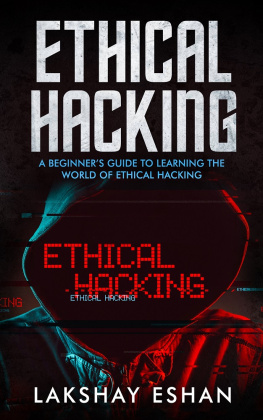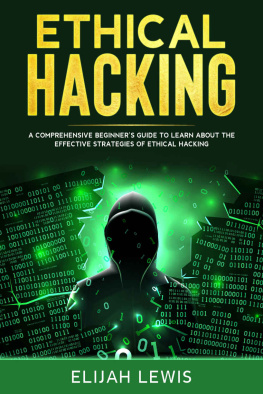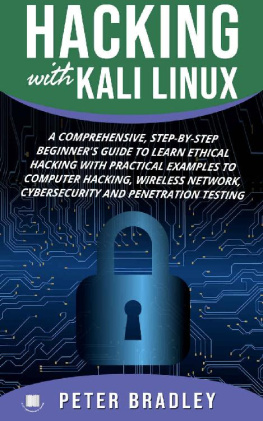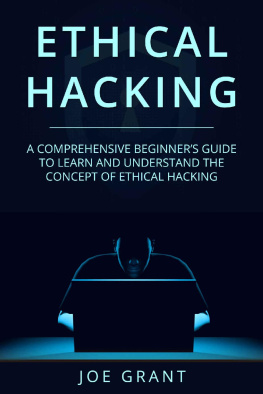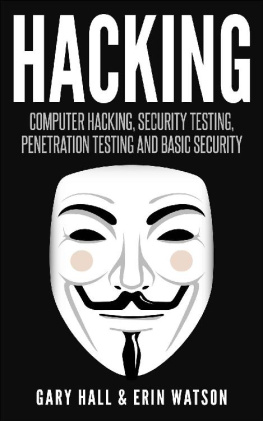Copyright 2020 - All rights reserved.
The contents of this book may not be reproduced, duplicated, or transmitted without direct written permission from the author.
Under no circumstances will any legal responsibility or blame be held against the publisher for any reparation, damages, or monetary loss due to the information herein, either directly or indirectly.
Legal Notice:
This book is copyright protected. This is only for personal use. You cannot amend, distribute, sell, use, quote, or paraphrase any part of the content within this book without the consent of the author.
Disclaimer Notice:
Please note the information contained within this document is for educational and entertainment purposes only. Every attempt has been made to provide accurate, up to date, and reliable, complete information. No warranties of any kind are expressed or implied. Readers acknowledge that the author is not engaging in the rendering of legal, financial, medical, or professional advice. The content of this book has been derived from various sources. Please consult a licensed professional before attempting any techniques outlined in this book.
By reading this document, the reader agrees that under no circumstances is the author responsible for any losses, direct or indirect, which are incurred as a result of the use of the information contained within this document, including, but not limited to, errors, omissions, or inaccuracies.
Table of Contents
Introduction
Ethical Hacking - Learn Penetration Testing, Cybersecurity with Advanced Ethical Hacking Techniques and Methods will introduce you to the concept of hacking, and further, give you a deeper understanding of ethical hacking. The book aims to teach you the process of the penetration testing lifecycle using the most powerful tool available to an ethical hacker: Kali Linux. The chapter will take you through the different types of hackers in the world, their motive for hacking, and how a regular user can avoid being a target of hackers.
You will then learn how to download and install Kali Linux to make it a permanent tool in your ethical hacking toolkit. The book will take you through the five stages of the penetration testing lifecycle viz. Reconnaissance, Scanning, Exploitation, Maintaining Access, and Reporting, in detail.
There are hundreds of tools available in Kali Linux to be used through every stage of the penetration testing lifecycle. Each chapter of the book will elaborate on the penetration testing lifecycle and cover the tools most commonly employed in its respective stage. The reporting stage will teach you how to create detailed reports to present the findings of the penetration testing activity to the senior management so that they are aware of the actions taken to fix the vulnerabilities in their organizations digital infrastructure.
This book is aimed at tech professionals and software engineers. Technical professionals from different tech domains can benefit from gaining knowledge about how penetration testers and ethical hackers work. Software engineers can understand vulnerabilities better by understanding how their software is prone to attacks. This will ensure that they take extreme care when the software is in the development phase itself. Of course, there will still be errors in the development phase, but the knowledge about penetration testing can help them reduce this error considerably.
Also, technical professionals who want to change their current profile and make a switch in penetration testing have a lot to learn from this book. Technical professionals already possess knowledge about their field, which can serve as a prerequisite while switching to the profile of an ethical hacker. For example, a server administrator who has knowledge and experience with server technologies can turn out to be the best person to secure it as an ethical hacker. This holds for other technical professions too.
Security engineers or ethical hackers who want to improve their knowledge about hacking can benefit from this book to better secure the systems they are already working on. Security engineers and ethical hackers can develop and automate their own tools to support and secure the systems of the organizations they are working with by applying the steps of ethical hacking mentioned in this book.
This book will work as a treasure trove for students in the Information Security domain. The insights on penetration testing will help information security students understand and learn about the most frustrating yet rewarding profession in the world: an ethical hacker. By reading up about ethical hacking at an early stage in their career, students may want to take up penetration testing as a career.
If you are trying to acquire skills and knowledge to break into the National Security Agency (NSA), then this is not the book for you, and we suggest that you do not attempt anything like that. This book is also not for someone who has been working with Kali Linux for years in their career as a penetration tester, as they already have all the knowledge we cover. This book is for beginners looking to start in the field of ethical hacking and penetration testing.
So if you want to learn more and get started, now is a good time as any. Enjoy your journey!
Chapter One
Overview of Hacking
In this chapter, you will get an overview of hacking, ethical hacking, the different types of hackers, and the terminologies involved with hacking and ethical hacking.
What is Hacking?
Hacking can be defined as the art of exploring and exploiting various security breaches in a system or its associated network. The Internet was invented to make life convenient for people, but it also gave an online platform for criminals to expand their criminal activities. Criminals started using online channels such as email, online messengers, etc. to target unsuspecting common people to trick them into providing information about their bank accounts and credit cards. As technology advanced, these criminals started developing notorious computer applications to do their manual work, and this laid the foundation for the term hacking.
Who is a Hacker?
In a simple world, you may describe a hacker as an antisocial and introverted teenager who is just curious about things. However, there are various ways to describe a hacker in the digital world. Various things motivate an individual hacker to hack into a system, and every hacker employs his own set of methods and skills to do so. The common nature binding all hackers is that they are sharp-minded and curious to learn more about technology.
There are two meanings for the term hacker.
Traditionally speaking, a hacker is someone curious to learn new things and, therefore, likes to delve into the technology to know its workings. They usually like to play with computer systems and like to understand how things function electronically.
In recent times, the term hacker has taken to a new meaning - someone who likes to execute malicious attacks on systems for personal benefits. Technically speaking, they are called crackers, which is short for criminal hackers.












